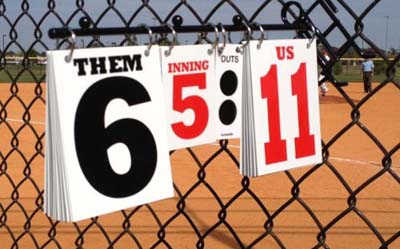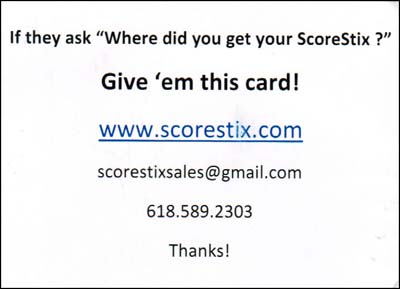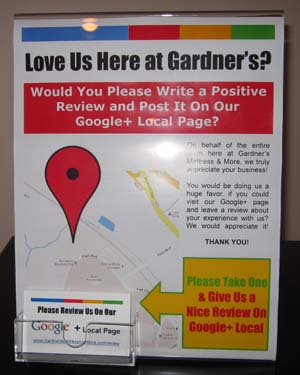Trump’s Viral Video Task – the Right Challenge?
The other night on NBC’s Celebrity Apprentice, Donald Trump assigned a task to the contestants to “develop a viral video” for the 83 year old Chock full o’ Nuts coffee company.
As soon as I heard the task, I said to my wife “That’s a ridiculous assignment” and then, much to her viewing dismay, I went into a mini rant about the state of current human behavior, how people keep themselves entertained and what viral video means to the average person.
Trump’s task was designed and delivered to tap into the notion of what a viral video is to the average show viewer. Think sad cats, talking dogs and singing cops (have you seen the recent video of the police officer from Dover, Delaware singing a Taylor Swift song and how much national exposure it has received?) Enough said.
A better assignment would have been – Go forth and create an attention-grabbing, fun marketing campaign to get 20-somethings to put down their Starbucks and try Chock full o’Nuts.
Maybe it would be a video, maybe not, but starting with the primary goal of “creating a viral video” is the wrong place to start and within a few seconds I was proven right as the two teams proceeded down the road you would expect them to go down with stupid, meaningless content.
For the average Main Street-type bricks and mortar business owner, the concept of viral marketing is often skewed and distorted by the seemingly daily media stories of sad cats getting 30 million video views and singing police officers.
In my opinion, the Celebrity Apprentice task requiring the teams to “create a viral video” further warps the concept, because it puts the cart before the horse.
For the most part, a video, marketing campaign, social media campaign cannot be forced to go viral and with a little research you can find many stories of such failures.
“Going viral” only happens after the target market accepts a message or story, embraces it and shares it with others and the idea of sitting at your desk and proclaiming “Let’s create a viral marketing campaign” is the wrong starting point.
The right starting point is more complicated and requires serious thought about who you are trying to reach, how you can get their attention, what you want them to do and how easy you make it is to share your message with their networks.
Chances are getting a million YouTube hits from Millennials when you sell to Boomers isn’t going to put a lot of money in your bank account.
Since I am a relatively simple guy and I like to share simple (yet effective) marketing ideas and tips, I thought I would show a few examples of offline marketing efforts which show intention by the owner to create a viral marketing effect (yes, I believe viral marketing does apply to offline efforts).

Example #1: My youngest daughter is on a travel softball team, which means many weekends are tied up going all over the place to see her play. One of the challenges of sitting through three softball games in a day is keeping track of the inning and score, which is why when I saw this nifty device on a baseline fence, I immediately went over to check it out.
I asked the mom who was keeping the score what it was and where she got it and she immediately reached into the bag the contraption came in and ripped off this card from a perforated sheet and handed it to me.

She wasn’t related to the inventor and she wasn’t a sales rep or anything like that. Instead she was a super-satisfied customer and the man who invented it made it very easy for her to spread the word.

Example #2: From my long-time client and now Infotail business partners, Jeff Giagnocavo and Ben McClure, is a simple, point-of-sale display that has specialized business cards customers can take with them with the intent of writing an online review. Jeff and Ben make it very easy for customers to share their positive in-store experiences.

Example #3: This is something I put together years ago when I was growing my local GKIC chapter here in Philly. It was my “shook” or short book I put together to attract and get business owners to join my group. While I printed up hundreds of generic versions for my own use, I asked my current members if they were interested in helping me grow the group. For those that responded yes, I created a custom cover version for them to hand out to their business associates. I made it super easy for them to spread the word.
At its most basic definition, viral marketing is about:
- Identifying a target recipient
- getting their attention
- getting them interested in your message
- making it easy to share your message/products/services with their friends, family and spheres of influence
I would love to hear your thoughts about all this. Was Trump’s task a smart one? Better yet, if you have done something online or offline to create a viral effect, viral video or no viral video, share it below!!!

First I just wanted to say I really enjoy reading your articles and posts because they are always informative, engaging, and keep me thinking!
I agree. We shouldn’t view viral marketing as we view viral YouTube videos for example. It’s easier for silly/funny YouTube videos to go viral because they are for the most part merely for entertainment purposes. There really isn’t anything being offered to me, a consumer, for watching a police office sing to Taylor Swift, other than it just being good fun providing me with a chuckle (okay, maybe someone who has never heard of Taylor Swift might then look her up, but you get the idea). When it comes to viral marketing messages I think demographics and your target audience are the things that really matter. You can try to go ahead and create something you think might or could go viral but if it’s not getting seen or into the hands of your audience how is it going to work? For example, I recently received a new product marketing message from a baby/children’s line I follow – if they want this new product to stand out, to revolutionize the industry and to WOW folks they’re going to have to make sure it’s getting into the hands of the RIGHT people…parents to be, parents of young children, maybe even grandparents or day cares and babysitters etc. They probably shouldn’t have it get into the hands of my 17 year old sister because that really won’t help their efforts and help them achieve what they want. Your message won’t matter if it’s not being seen by the right people….and that is often times the biggest battle of them all.
Jessica, YES exactly my point! Thanks for your comments and insights (and say hi to Jim!).
Another example of a big dumb company trying to manufacture marketing buzz. I liken it to the Super Bowl ads that are funny but do nothing for the company running them. The typical viral videos rarely if ever have a marketing message in them and are almost impossible to manufacture at will.
Not sure who makes the decisions on the apprentice to suggest such a task but I see it as them wanting to be hip with the latest shiney object. It is a nice fantasy though. Can you imagine how much money you could get big dumb companies to spend if you could create a viral video whenever you wanted that worked.
Doug – no kidding! You are right, it is all about playing into “popular culture.”
At a recent charity board meeting we were talking about raising money for the charity (Boys and Girls Club) and one of the board member said, “Have we studied the ALS ice bucket challenge from this summer? Why don’t we devise something like that? Look at the MILLIONS they raised!”
I thought to myself, “Are you kidding?” The reason the ALS challenge got such attention is exactly BECAUSE it’s so unusual. SInce when can any group of folks say, “Let’s sit down and come up with a really crazy idea that will sweep the nation and bring in all kinds of money.”
You don’t get creativity-on-demand. So I agree that Trump’s idea was the wrong approach and that your idea of finding an interesting way to attack a specific demographic (Starbucks millennials) over to our brand makes much more sense. A REALIZABLE goal that can be definitively addressed.
Yes indeed, Trumps viral video idea is the equivalent of “merely talking isn’t communicating”.
And I 2nd Jessicas comment of enjoyment of your insights with marketing.
Jim, exactly my point! Thanks for the insightful comments!
Lance – appreciate your appreciation! Thanks.